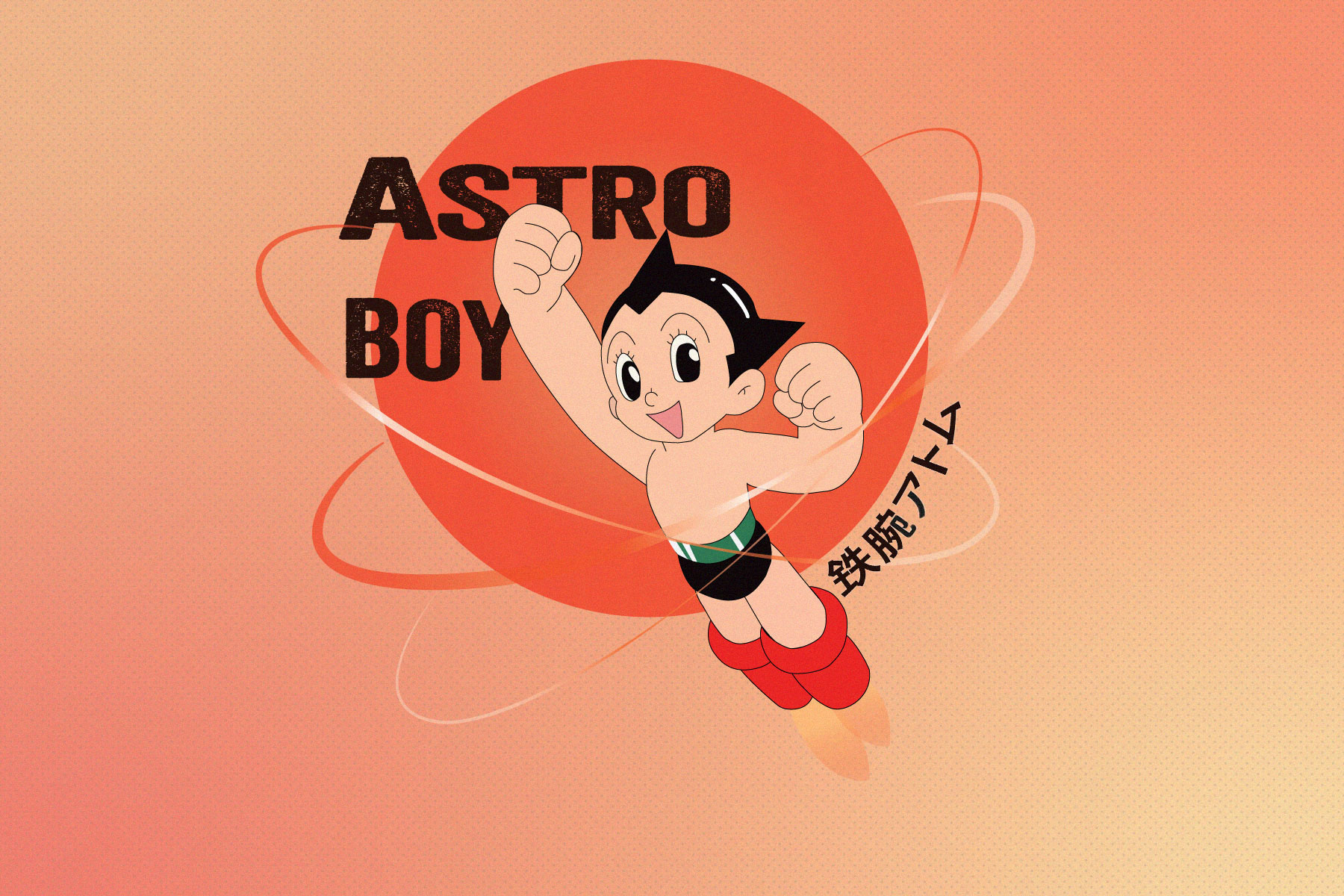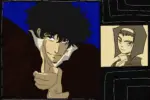It’s America in the 1960s: JFK is in office, millions are on the streets fighting for equal rights, and the Vietnam War is dividing politics. A man named Ted Ladd gets a call from NBC about a Japanese cartoon named “Tetsuwan Atomu.” Recognizing its potential, Ladd, who was renowned for introducing foreign media to the United States, translated and introduced it to global markets in 1963 as “Astroboy.” As many would note in their Astroboy review, this show became the pioneering force in bringing Japanese animation to the English-speaking world. It wasn’t just a cartoon; ‘Astroboy’ played a pivotal role in popularizing what the world would soon recognize as “anime.”
Originally, what the world now knows as anime began as a natural progression of Japanese culture, which treasured vibrant art and entertainment. It started with lanterns, called magic lanterns or Utsushi-e, that could project slides, creating moving visual drawings. Anime skyrocketed in popularity after World War II, likely as a way to process the trauma of the bombings and other calamities. As discussing the bombs was taboo, the Japanese population found a way to illustrate their grief in an already-familiar medium. One example is the widely loved “Grave of the Fireflies,” which follows two Japanese childrenorphaned by a bombing. Osamu Tezuka, the eventual creator of “Astroboy,” witnessed one of the bombings at the end of WWII. Much of his work focused on respect for nature, anti-war themes, the effects of being orphaned and, in the case of “Astroboy,” the impact of advanced technology on a society that was perhaps unprepared for the repercussions of such power. Tezuka, nicknamed “The Father of Manga,” began Astroboy in 1952 as a manga, a form of Japanese comic book that is often adapted into anime, such as with Tuzuka’s “Astroboy.”
Setting the Scene
The story of Astroboy is set in a science fiction world where humans and robots coexist. One of the great minds of this Utopia, Dr. Tenma, creates an exact replica of his late son Tobio in the form of an android who becomes the titular Astroboy. Regretting his creation, Tenma rejects Astro, and the character goes on a journey that builds him into a hero, facing evils within the futuristic city. The manga was made into an anime in the early 1960s and was eventually dubbed into English by the aforementioned Ted Ladd.
American audiences were vaguely familiar with some foreign media. Ladd himself was known in the industry for bringing European television to the United States long before he stumbled upon “Astroboy.” Some Japanese animation had been brought to American audiences before this breakthrough, but only in the form of movies like “Magic Boy,” which was perhaps received more easily because of its focus on fusing Japanese themes with Disney’s influence.
American vs. Japanese Version
It was impossible to show “Astroboy” as it was in Japan. The restrictions and censorship on television in the United States set by the Federal Communications Commission made this new series a minefield. This new form of media was strange to Americans and challenged what could be portrayed on screen. Death was not allowed to be shown on American TV at the time, which was staggering to the creators of “Astroboy.” At this point, anime had been tackling the concept of death since Japan came face to face with it in WWII’s atomic bombings.
The Commission did not allow any mention of religion or controversial topics, and violence was strictly regulated. This became a headache for all involved, including original creator Tezuma, who flew to America to try to get his work on American TVs. Despite everything, Astroboy debuted in the United States in 1963, and the magical world of anime was introduced to an entirely new audience.
The 1980s saw a new iteration of “Astroboy,” this time in full color. “Astroboy” never truly left American audiences, but this iteration launched the show into a new era. In 2003, yet another version of “Astroboy” was produced, with an additional 50 episodes created to celebrate the birthday of the original comic.
In 2009, the most recent iteration of “Astroboy” was introduced to audiences. This time it was an entirely American-acted and produced movie, which made some changes to make it more familiar to American audiences. This film starred Freddie Highmore as Astro, Nick Cage as Dr. Tenma, and even cameoed Samuel L. Jackson as a giant robot named Zog. Unfortunately, the movie only received a 50% on Rotten Tomatoes, and had mixed audience reactions. Some loyalists did not like the American production compared to the original. Many were unimpressed with the film when compared to the intensely triumphant animated Disney and Pixar movies in the Western Market at the time (the release of “Astroboy” was sandwiched between “Up” and “The Princess and the Frog”). Though attitudes were mixed, “Astroboy” was seen by a great many in the U.S. and marked a new trend: anime was not just a Japanese phenomenon anymore, but a worldwide triumph.
Anime still struggles to be completely accepted into American media, especially anime meant for more mature audiences, since cartoons in the U.S. are most often made for kids. However, in the last few years, anime has become less niche and more mainstream in Western media. From the phenomenon of “Dragon Ball Z,” which called every little boy to the TV each week for a new intergalactic battle, to “Pokemon,” which became possibly the most mainstream Japanese animation, anime was gradually winning the heart of the international market.
Conclusion
It’s the 2020s: American television has become notably less regulated, and anime now streams in Japan and abroad with minimal delay. Since the original release of “Astroboy,” and subsequent Astroboy reviews highlighting its significance, anime has been embedding itself within the collective Western consciousness. Contemporary anime series like “Attack on Titan” have garnered immense popularity, particularly among the younger generations. Meanwhile, films such as “Spirited Away” captivate global audiences with their intricately hand-drawn animations and profound themes. Reflecting back, it’s astounding to realize it’s been merely 80 years since “Astroboy” paved the way for Japanese animation in the U.S. A new anime, inspired by Tezuka’s foundational work, is set to debut on Netflix in October 2023 under the title “Pluto.” Mirroring some of the technological apprehensions found in “Astroboy,” especially post-WWII, this upcoming series promises to be relevant in today’s age of AI, signifying the enduring resonance of Tezuka’s creations.















